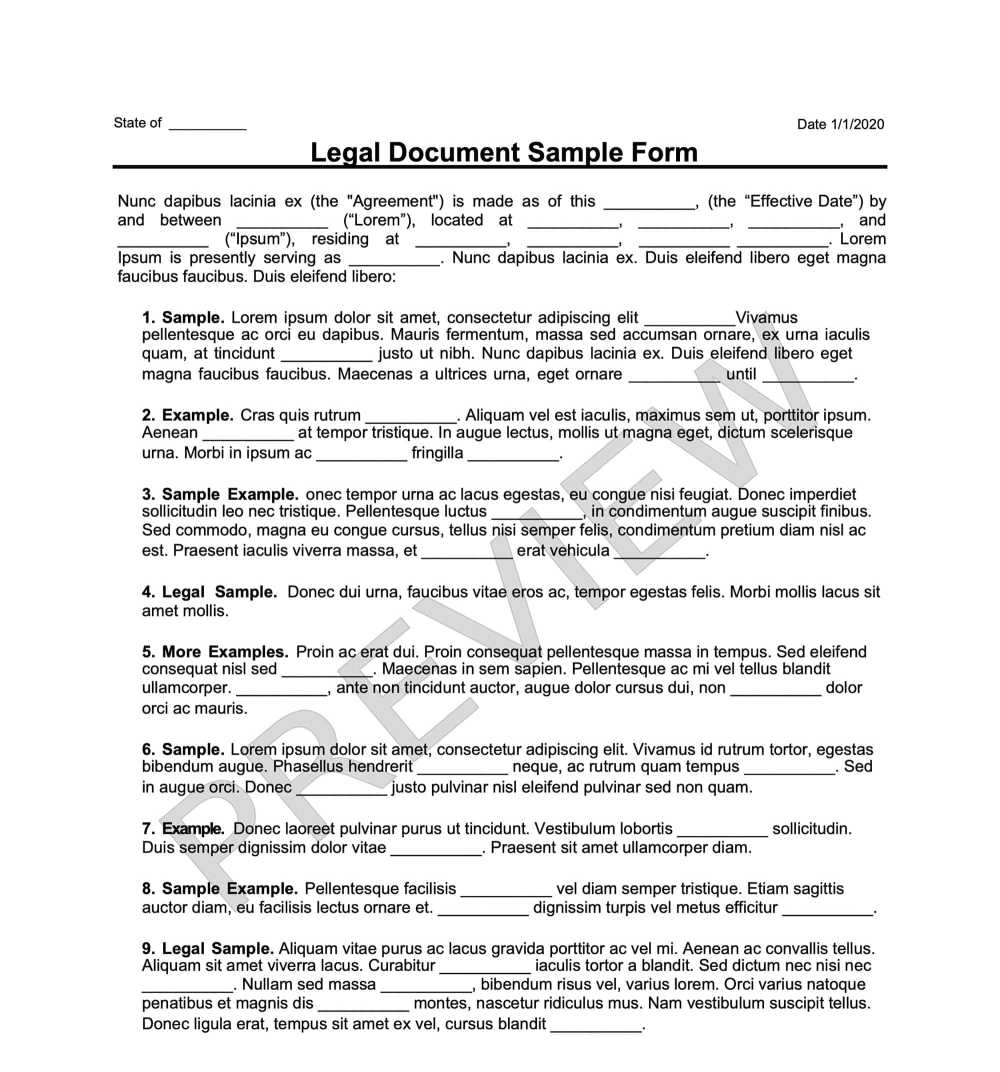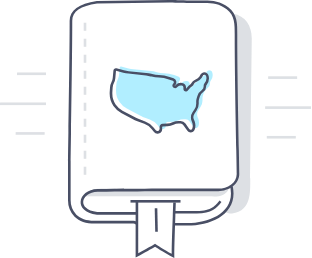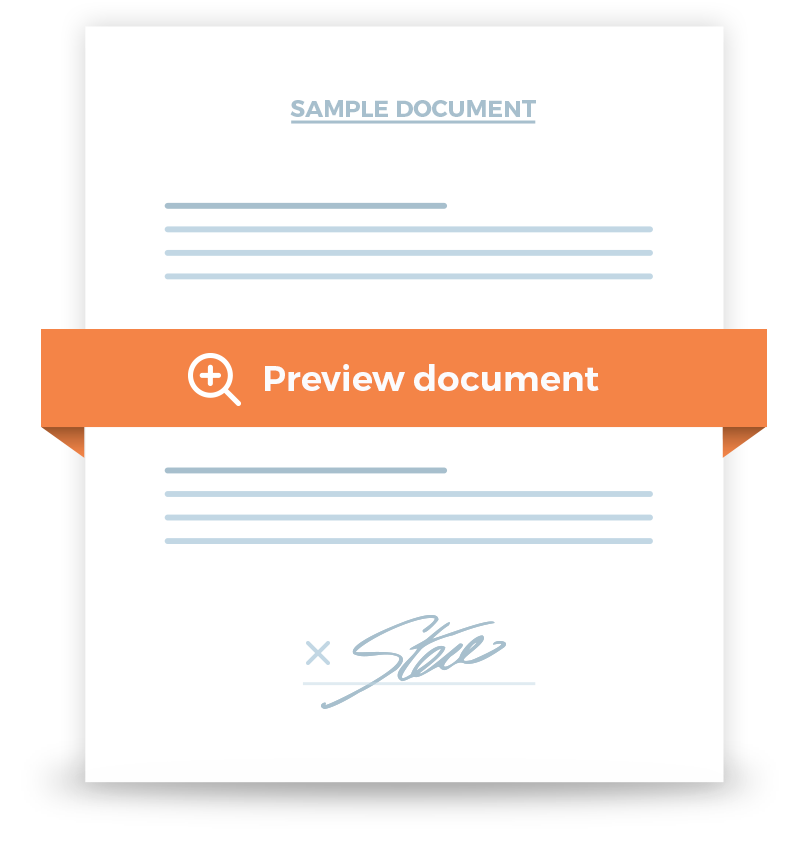Eviction Notice
Evicting a tenant is a difficult, but sometimes necessary, decision. Doing so lawfully by means of an Eviction Notice can help keep a difficult situation from getting too messy.


Frequently Asked Questions
Serving an Eviction Notice is the first step to removing a tenant from your property. To force the tenant to leave, you'll need to begin an action for eviction or unlawful detainer at your local courthouse. Typically, a hearing is scheduled, and you, as the landlord, make the case as to why the tenant is occupying property illegally.
You do not need to file the eviction notice in court. However, you should retain a copy of the notice for your records in the event you need to show proof before a judge.
To be legally enforceable, an eviction notice must be signed in the presence of a notary public. The notary will also sign and stamp the document.
It depends on the jurisdiction of the tenanted property. In some jurisdictions, landlords must show just cause for a tenant's eviction. A court typically will not order an eviction without a violation of the lease agreement.
If a valid rental or lease agreement exists, the Eviction Notice is required before an unlawful detainer action can proceed. You'll have to wait for the Eviction Notice to expire before continuing the eviction process. Even in cases when there is no written lease, the tenant is still entitled to notice before forcible removal.
In most states, landlords need to allow a minimum of three days for a tenant to pay rent or leave the property. Curable eviction notices require the landlord to allow between three and 30 days for the tenant to cure the lease violation, depending on the jurisdiction.
From serving the Eviction Notice to the tenant's removal, the process can take as little as two weeks or as long as three months. Many factors influence the timeline, including the type of property leased or rented, the reason the tenant is being evicted, and any previous breaches of the lease agreement.




